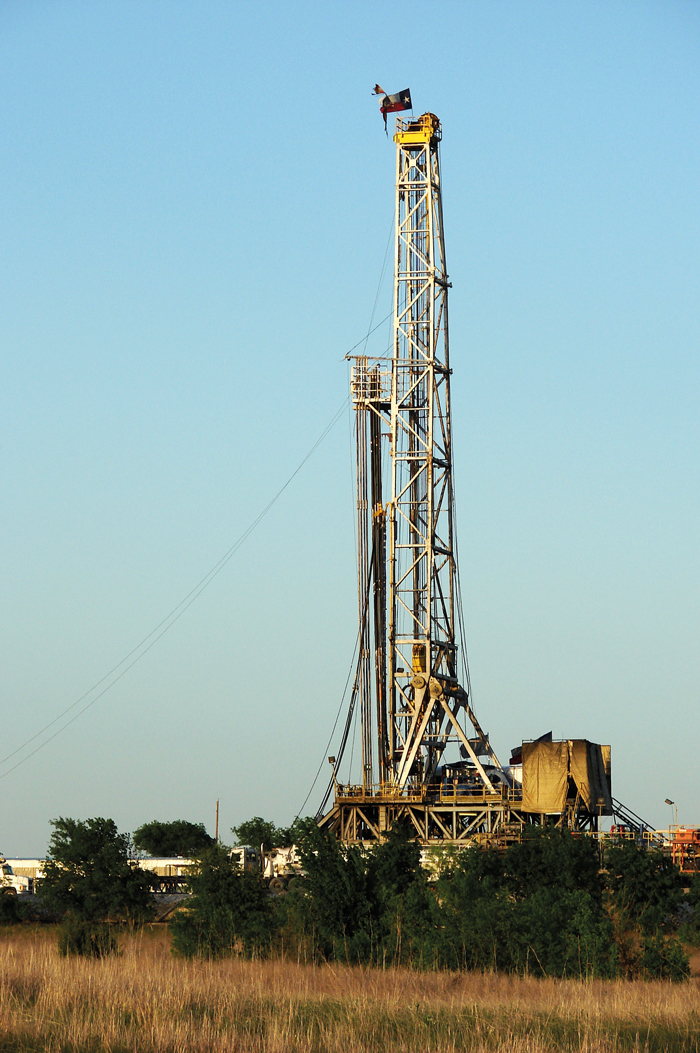Photo Courtesy of Wikipedia/Loadmaster
People living in communities around fracking operations have experienced contamination of drinking water, illnesses, decreased property values, and other disruptions.
By Michael V. Cusenza
The banning of hydraulic fracturing in the Empire State was included in Gov. Andrew Cuomo’s proposed spending plan and is the driving force behind a State Senate bill that would permanently ban horizontal drilling, high-volume hydraulic fracturing, and gelled propane hydraulic fracturing in New York, Sen. Joe Addabbo, Jr. (D-Howard Beach), one of the measure’s co-sponsors, recently announced.
Hydrofracking involves injecting large volumes of water containing a mixture of toxic chemicals and sand into horizontal wells at extremely high pressure to fracture bedrock and release and capture natural gas, according to the environmental advocacy group Hudson River Sloop Clearwater Inc.
People living in communities around fracking operations have experienced contamination of drinking water, illnesses, decreased property values, and other disruptions. And because fracking releases methane—a potent greenhouse gas—it actually has a worse carbon footprint than coal or oil, HRSC noted.
Indeed, studies have linked horizontal drilling and HVHF to increased rates of hospitalization, respiratory illnesses, low birth weight and preterm births, and other health impacts, the senator said.
“I have long opposed hydrofacking in New York State, and now we have proof these activities create clear, present and permanent danger to our environment and the health and safety of millions of New Yorkers,” Addabbo added. “A permanent ban on horizontal drilling and HVHF is critical and long overdue given the significant and unacceptable risks to our drinking water, air quality, environment, climate, and public health.”
State Department of Environmental Conservation officials have weighed in on the HVHF issue:
“Based on unavoidable adverse environmental impacts and uncertainty regarding the science surrounding high-volume hydraulic fracturing and its potential impacts to public health and the environment, the Department finds that the best course of action is to select the No Action alternative. Selection of the No Action alternative means that the Department will not establish a high-volume hydraulic fracturing permitting program; that no individual or site-specific permit applications for wells using high-volume hydraulic fracturing will be processed; and that high-volume hydraulic fracturing will be prohibited in New York State.”
The recently introduced Senate bill would also prohibit hydraulic fracturing using propane, including liquefied or gelled propane known as liquefied petroleum gas, Addabbo said. The main component used in gelled propane is extremely flammable propane gas and the process includes the use of many toxic additives. Propane gas is heavier than air and pools on the ground when leaked creating the threat of explosions.
Propane fracking presents risks similar to those identified for HVHF including groundwater contamination, harmful air emission, radioactive wastes, public health impacts, and explosions. Gelled propane fracturing requires trucking toxic materials after fracturing is complete which poses a significant danger from risk of explosion in crashes.
“I am pleased to co-sponsor this important legislation which validates my never-ending commitment to protecting our environment, public health and addressing climate change,” Addabbo said. “We will continue to do everything possible toward achieving 100-percent clean power by 2040, by seeking alternative measures that won’t jeopardize our health or natural resources.”

